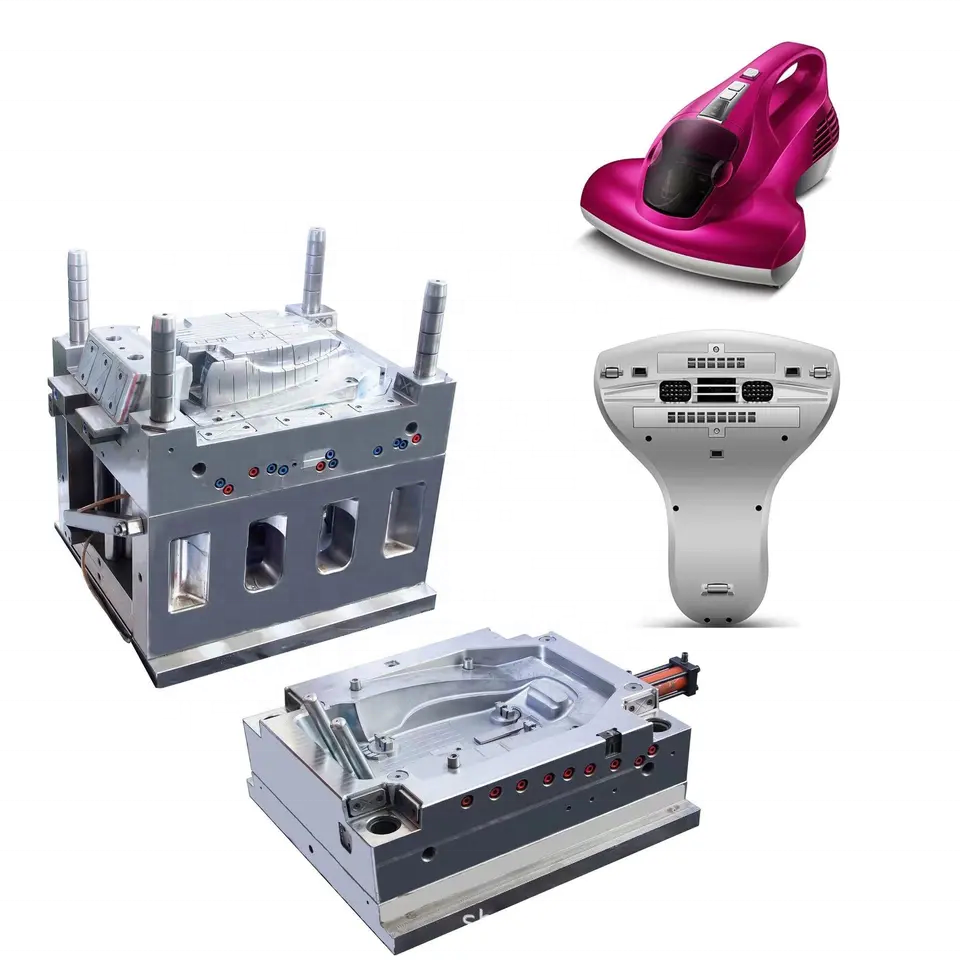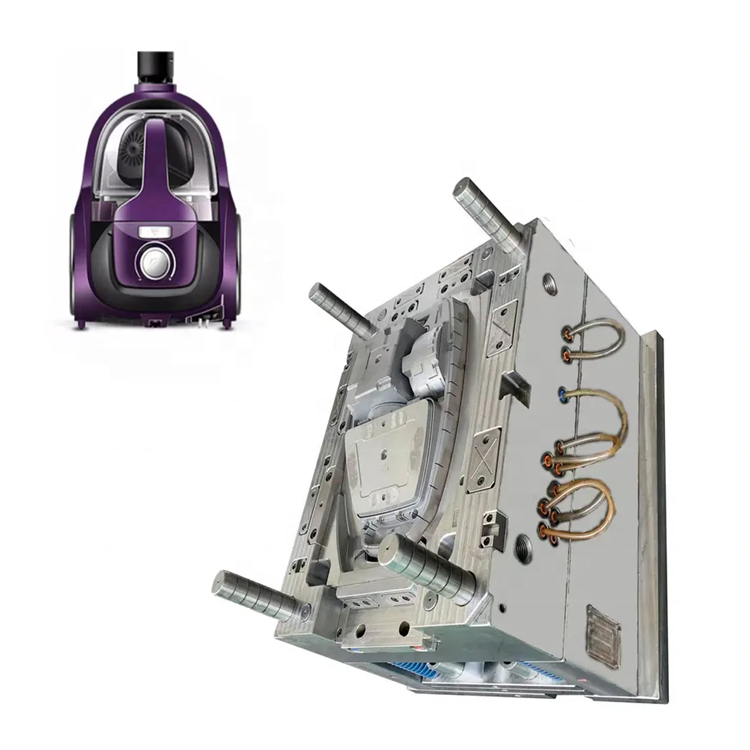Vacuum cleaner shell mold
Views:
Mold base material:High-quality alloy steel or aluminum alloy
Cavity and core material:Specialized plastic mold steel
Dimensional accuracy:±0.05 millimeters
Surface roughness:Ra0.4 - Ra0.8 microns
Ejection system:Mechanical or pneumatic ejection device
Service life:300,000 - 500,000 shots
Maintenance cycle:10,000 - 20,000 shots
- Content
Views:
Mold base material:High-quality alloy steel or aluminum alloy
Cavity and core material:Specialized plastic mold steel
Dimensional accuracy:±0.05 millimeters
Surface roughness:Ra0.4 - Ra0.8 microns
Ejection system:Mechanical or pneumatic ejection device
Service life:300,000 - 500,000 shots
Maintenance cycle:10,000 - 20,000 shots


 复制产品链接
复制产品链接
 长按图片保存/分享
长按图片保存/分享
Consultation form:
Consultation content:

You haven't added any products yet

Inquiry:
Inquiry:

You haven't added any products yet





